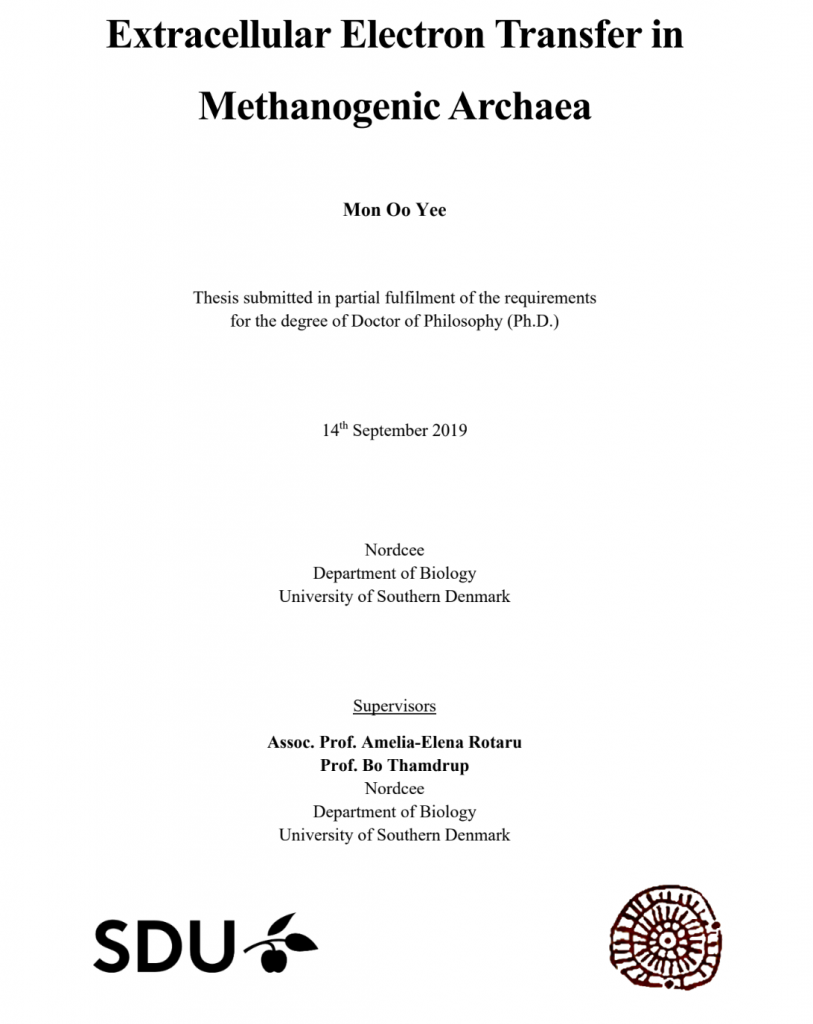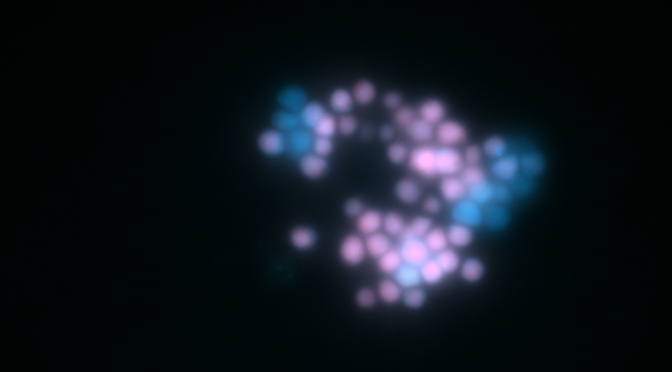At the end of November 2019, Mon successfully defended her Ph.D. She did a beautiful job in front of an expert committee including A/Prof. Annette Rowe (Uni. Cincinnati), A/Prof. Diana Sousa (Uni. Wageningen) and chaired by Prof. Don Canfield (SDU).
Also, right before the defense, we got the good news that two articles included in Mon’s thesis were accepted for publication.
Two days later, Mon took up a new challenge and started a postdoc at the LBNL (Laurence Berkeley National Labs, CA, USA). She’s now up to other exciting adventures in the environmental microbiology of deep biosphere and rhizosphere.



